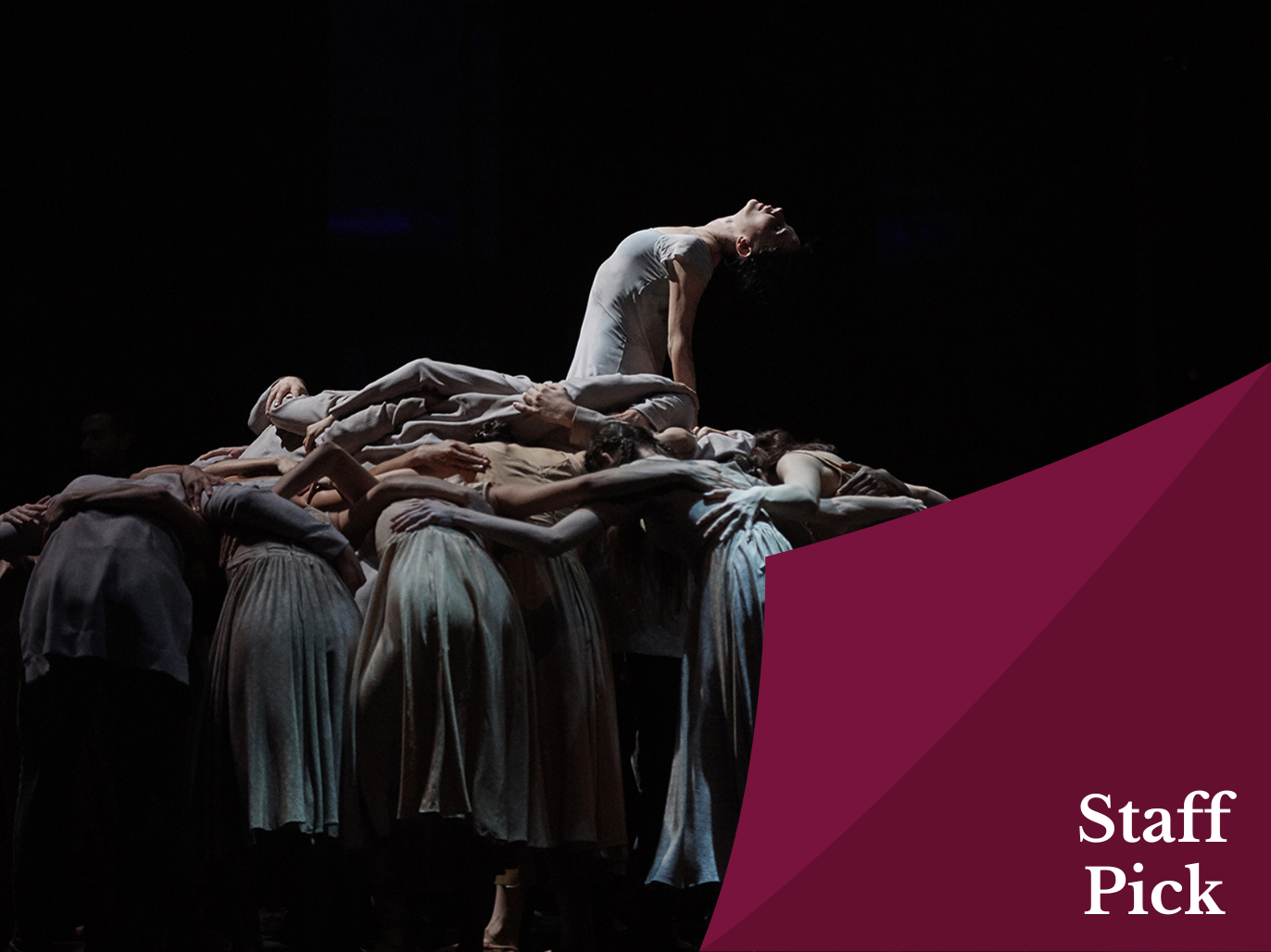For those looking for the perfect Halloween ballet, look no further than the mysterious, spine-tingling atmosphere of Akram Khan’s Giselle!
Many of you will already be familiar with this grand Romantic ballet, performed across the globe year round by some of the most famous ballet companies in the world. But, have you seen British choreographer Akram Khan’s contemporary production with the English National Ballet?

